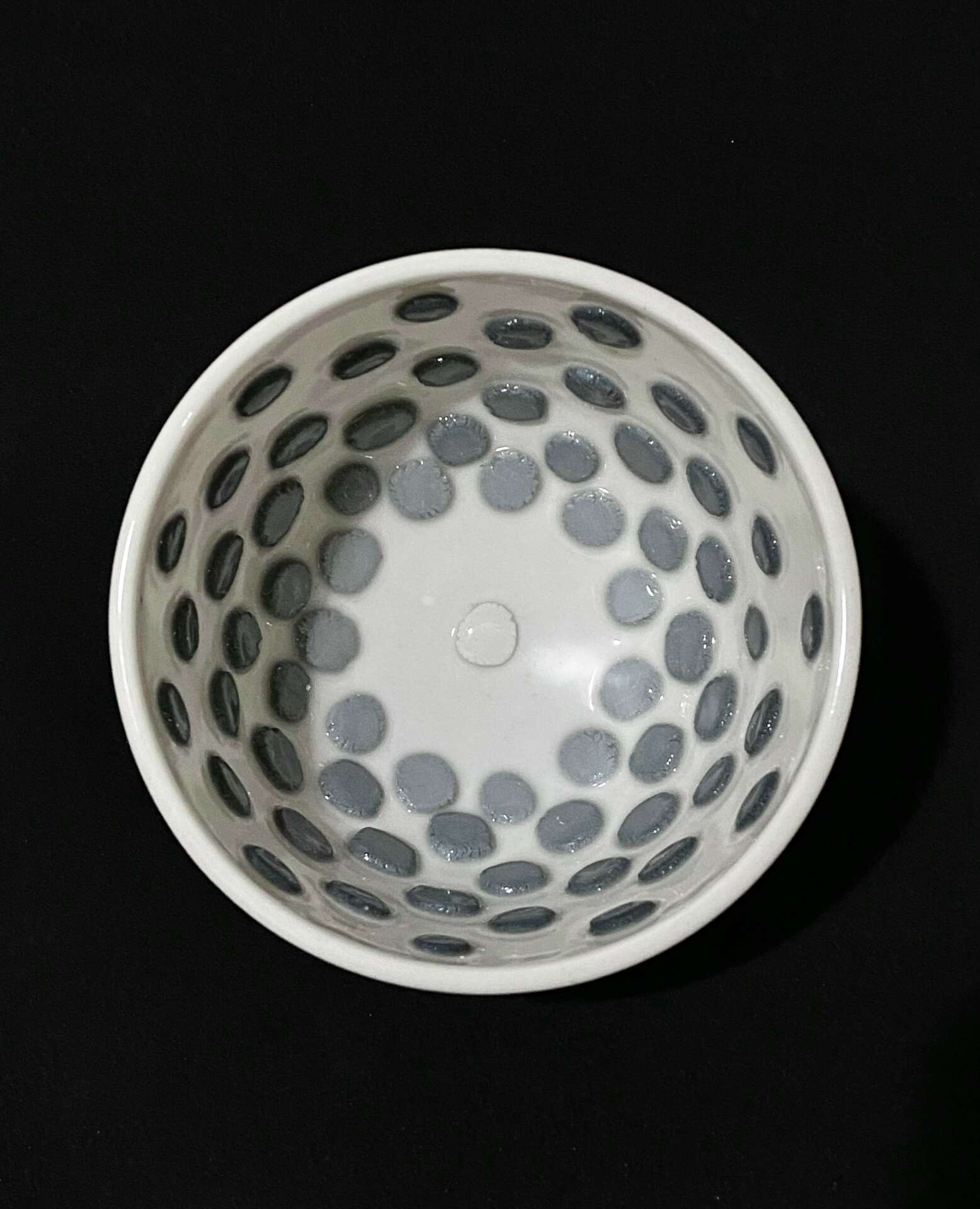We were lucky to catch up with Benjamin Statser recently and have shared our conversation below.
Benjamin, appreciate you joining us today. Learning the craft is often a unique journey from every creative – we’d love to hear about your journey and if knowing what you know now, you would have done anything differently to speed up the learning process.
Like many ceramic artists, I was first introduced to the medium in college, where I took the course as an elective. Clay is quite addicting once you get the hang of things, so I decided to continue in ceramics courses and eventually changed majors to make ceramics my primary focus. While pursuing my undergraduate degree, I was balancing a full-time job alongside being a full-time student, so it was initially a struggle to find dedicated time to learn the craft. Ceramics as a medium can be pretty intimidating as there is endless knowledge and technical skills to learn. I occasionally wonder what my body of work would look like today if I had fully committed my energy to the craft early on. Beyond learning how to work with clay, the community it brings together has given me the skills to work alongside, and now teach, a diverse population of makers. I wholeheartedly feel that the ceramics community and this rewarding process have made me a better human and educator.
In general, many people diving into the craft face the main obstacle of finding access to the medium and the space to create. I’ve been fortunate to find that space at various community studios and academic institutions, and it’s exciting to see ceramics studios open up all across DFW, making it easier for everyone interested in pursuing this craft.


Benjamin, before we move on to more of these sorts of questions, can you take some time to bring our readers up to speed on you and what you do?
I moved to DFW from a city in West Texas where mindsets on Identity were fixed and seemed to have little interest in becoming more accepting of all identities and backgrounds. Moving to Denton in my late teens, I found the ability to be my authentic self without fear of retribution. This self-transformation I noticed became the foundation for building a body of work. Focusing on the transformation of materials (primarily clay) and the desire ceramic objects can hold, I put myself and my life experiences into functional and sculptural ceramic works that spur a playful interaction. One of the first spaces I truly felt accepted was in a ceramics studio at the University of North Texas. That feeling was one of the many reasons I decided to continue my education focusing on ceramics, and it led to one of my proudest accomplishments of earning an MFA. Post-grad school, I have used my skills to teach ceramics, continue creating my own work, and produce custom orders for various small businesses and artists. I’ve been quite surprised by the amount of work that can be found in the industry, and I have been touching clay nonstop since finishing my education.


How can we best help foster a strong, supportive environment for artists and creatives?
Financial support is obviously a huge way to show support for the artistic community. I have worked in many small studios that have missions to bring ceramics and art to the community in an equitable way, and it takes a huge financial toll to make this possible. If you have the ability to support your local community studios and arts non-profits, please do! Your community will be better off for it, and with the amount of negativity we see in society, supporting artists is an easy way of shifting that narrative to be more positive.


For you, what’s the most rewarding aspect of being a creative?
I have gained an immense amount of joy and reward through my practice. Seeing the smiles on strangers’ faces when interacting with your work is a wild feeling I will never get over. Being a part of someone’s daily rituals with their morning cup of coffee and bringing life to your domestic spaces with sculptural work is such a great feeling. Even working on custom projects for other artists and small businesses has been a rewarding experience, as it’s helped make a positive impact in the goals of their business or practice. However, I can say wholeheartedly the greatest reward I have gained through working as a ceramic artist is passing my knowledge of the craft onto others. Creating a safe space for students of all ages to know they can express themselves through their artwork has led to many of my students growing in a similar way I had when first learning ceramics. The letters left behind by previous students stating the positive impact my classes have made on their lives are truly some of the most rewarding experiences I could imagine.


Contact Info:
- Website: In the works
- Instagram: benjaminstatser


